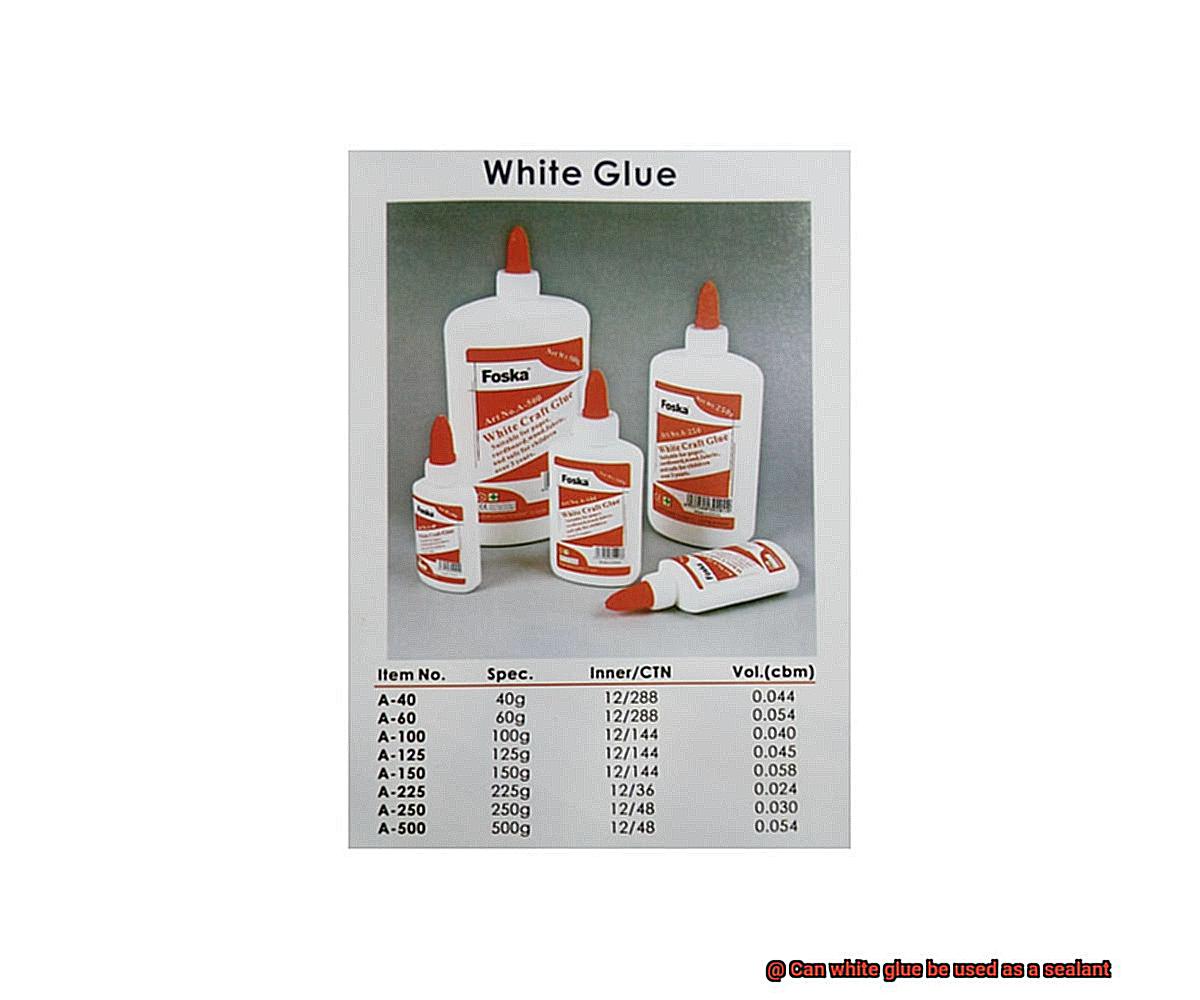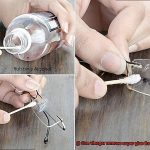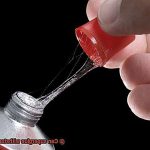Have you ever found yourself in a sticky situation where you needed to seal something, but didn’t have any sealant on hand? We’ve all been there. In your moment of desperation, you may have considered using white glue as a substitute. But the big question is: can white glue really be used as a sealant?
White glue, also known as school glue or PVA glue, is a popular adhesive that’s commonly used in crafting, woodworking, and even home repairs. Its clear drying properties make it great for projects where appearance is important. But when it comes to sealing items, can it truly get the job done? The answer is yes – with some caveats.
It’s important to note that white glue isn’t ideal for sealing items that need to withstand moisture or extreme temperatures. However, it can serve as a temporary fix for small leaks or cracks in non-porous materials like ceramic, plastic, or metal. It can also be used to seal envelopes, paper, or cardboard.
In this blog post, we’ll dive into the various uses of white glue as a sealant and discuss its limitations. We’ll also explore other types of sealants that may be more effective depending on your specific needs. So if you’re curious about using white glue as a sealant (or just want to learn more about adhesives), keep reading.
Types of White Glue and Their Uses
Contents
White glue, also known as school glue or PVA glue, is a reliable adhesive that has become a staple in households and classrooms. However, not all white glues are created equal. There are several types of white glue available in the market, each with its own unique properties and uses.
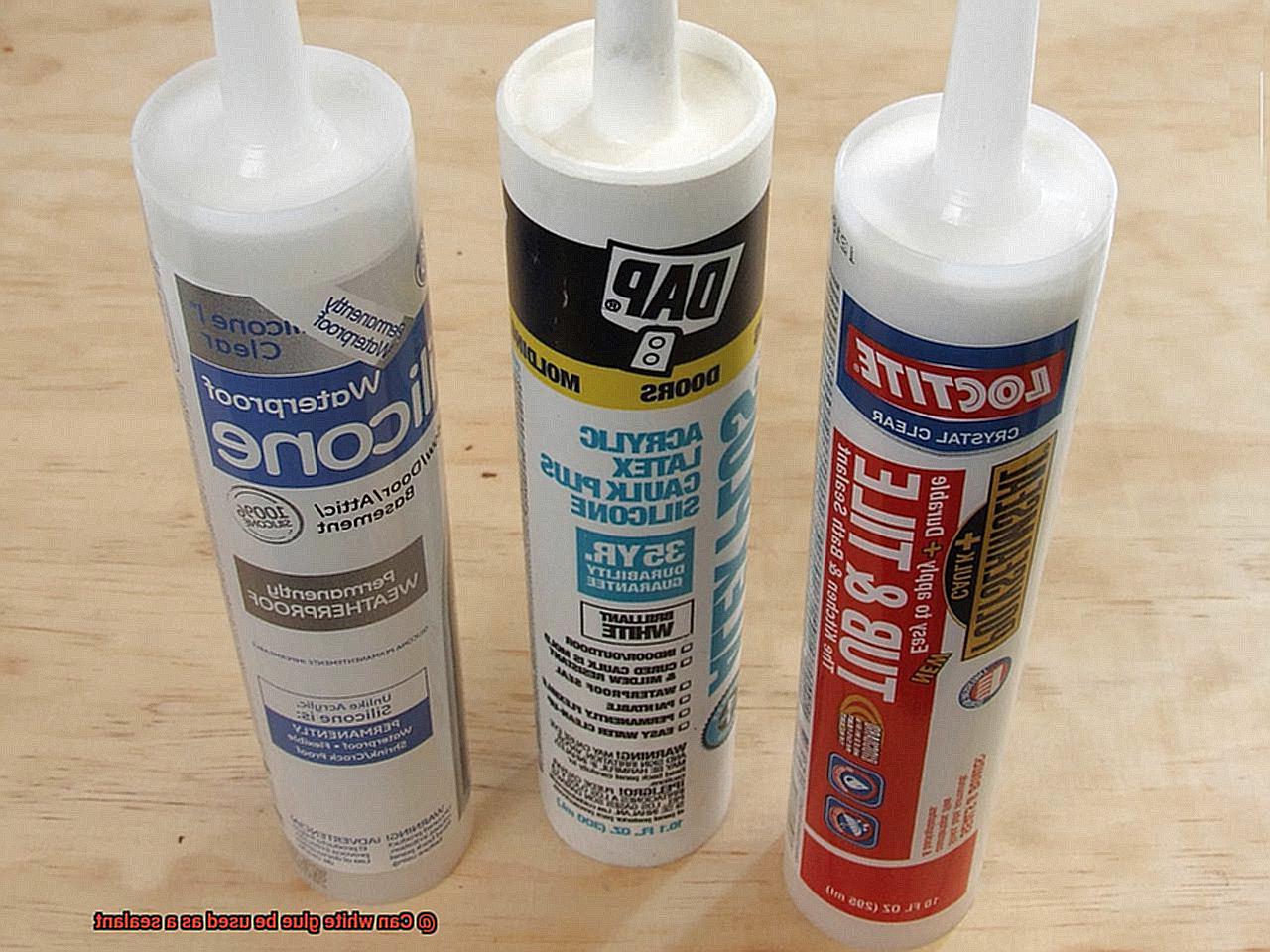
First on the list is the standard white glue, which is water-based and dries clear. This type of glue is commonly used in arts and crafts projects, paper mache, and other porous surfaces such as wood, paper, and fabric. It can also be used as a sealant for these materials.
If bonding wood is your goal, wood glue is your best bet. This type of glue dries harder than standard white glue, creating a stronger bond. Wood glue is waterproof and can be sanded and painted over once it dries. Plus, it can also be used as a sealant for wood surfaces.
For fabrics, fabric glue is the perfect solution. This type of glue is flexible and dries clear, making it ideal for clothing repairs, patchwork projects, and other similar applications. Fabric glue can even prevent fraying and unraveling when used as a sealant for fabrics.
But wait, there’s more. Specialized glues are also available in the market – like high-temperature hot melt glue that can withstand high temperatures and effectively bonds plastics and metals. Polyurethane glue creates a strong bond on almost any surface but requires moisture to cure properly.
Advantages of Using White Glue as a Sealant
Also known as PVA glue or school glue, white glue can be used as a sealant in certain situations. Let’s take a closer look at the advantages of using white glue as a sealant.
Firstly, white glue is water-resistant. When it dries, it forms a strong bond that prevents water from seeping through. This makes it ideal for sealing surfaces that are exposed to moisture, such as bathroom tiles, shower walls, and kitchen backsplashes. Say goodbye to mold and mildew.
But what about the appearance of the sealant? Fear not, as white glue dries clear and transparent, leaving no unsightly residue behind. This makes it perfect for surfaces where appearance is key, such as glass or acrylic surfaces.
Applying white glue as a sealant is also incredibly easy. It can be spread evenly using a brush or roller, and it dries quickly, allowing for multiple coats within a short period of time. Plus, it’s non-toxic and safe to use around children and pets. No need to worry about harsh chemicals harming your loved ones or the environment.
And let’s not forget about cost-effectiveness. White glue is readily available at most hardware and craft stores and is significantly cheaper than other sealants on the market.
However, it’s important to note that white glue may not be suitable for all sealing applications. It’s crucial to consider the specific needs of your project before deciding on using white glue as a sealant.
Disadvantages of Using White Glue as a Sealant
White glue is a versatile adhesive that can be used for a variety of projects and repairs around the home. However, it has several disadvantages when used as a sealant. First and foremost, white glue is not waterproof, which means it will not hold up against moisture or water damage over time. This limitation makes it unsuitable for sealing items that will be exposed to water or high humidity.
In addition, white glue can dry out and become brittle over time, causing the seal to crack and break apart. This can leave the surface underneath vulnerable to damage from air or moisture. Furthermore, white glue may not be able to withstand extreme temperatures or weather conditions, leading to further breakdown and failure of the seal.
When using white glue as a sealant on porous surfaces such as wood or fabric, it may not penetrate deep enough to provide an effective seal. This can result in the glue sitting on top of the surface rather than seeping into it, leaving the material vulnerable to damage.
Lastly, white glue tends to yellow over time, which can detract from the appearance of the surface it is applied to. This discoloration can be especially noticeable on lighter-colored surfaces and may be difficult to remove.
Factors to Consider Before Using White Glue as a Sealant
Before you grab that bottle of PVA glue, it’s important to consider several factors to ensure that it will effectively serve its purpose.
Firstly, assess the type of surface you want to seal. White glue works best on porous surfaces such as wood, paper, and cardboard. However, it may not be as effective on non-porous surfaces like metal or plastic. It’s crucial to choose the right adhesive for your project to ensure optimal results.
Another factor to consider is the type of sealant needed for the project. While white glue dries clear and flexible, it may not be ideal for certain projects that require strong and permanent seals. If you need to repair broken objects or seal leaks, a more durable sealant like silicone or epoxy may be a better option.
The application method also plays a significant role in the success of using white glue as a sealant. To avoid lumps or bumps that could affect the appearance of your final product, ensure that you apply thin and even layers of glue. You should also allow each layer to dry fully before adding additional layers. Depending on the intended use, multiple layers of white glue may be required.
Lastly, consider the overall cost of using white glue as a sealant versus other options. While white glue is affordable and accessible, it may not always be the most cost-effective option for certain projects. If you need multiple layers or a more durable sealant, it may be more budget-friendly to use a different product.
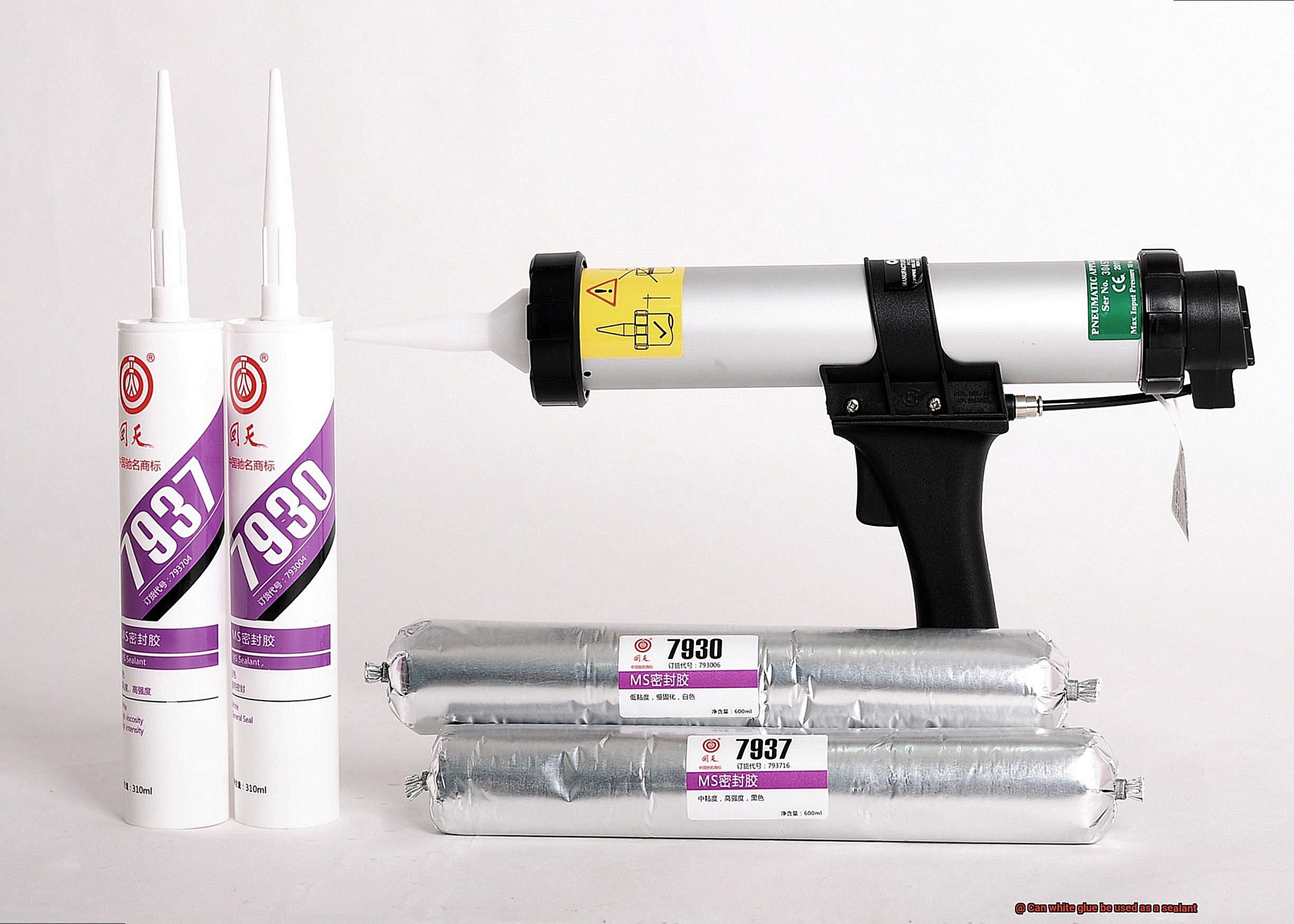
Tips for Properly Sealing with White Glue
White glue can be a great solution to seal them off from the elements. However, there are a few important tips you should follow to ensure that your seals are effective.
Firstly, make sure that the surface you plan to seal is clean and dry. Dirt or moisture on the surface can prevent the glue from adhering properly and lead to an ineffective seal. Before you apply any glue, clean the surface thoroughly and allow it to dry completely.
Secondly, apply the white glue in thin layers. Thick layers of glue can take longer to dry and may not adhere as well as thinner layers. Use a small brush or sponge to apply a thin layer of glue evenly over the surface. Be sure to cover all areas that need sealing.
Thirdly, give the glue enough time to dry completely before using the sealed item. Depending on the humidity and temperature of your workspace, this could take anywhere from a few hours to overnight. Be patient and avoid touching or disturbing the surface until the glue has fully cured.
Fourthly, consider using a waterproof sealant if you need to seal something that will be exposed to water or moisture. While white glue can provide a temporary seal, it may not hold up well in wet conditions over time.
Lastly, choose the right type of white glue for your project. Not all types of white glue are suitable for use as a sealant. Look for products labeled as “sealant” or “water-resistant” to ensure that you get the best results.
Alternatives to Using White Glue as a Sealant
I have delved into the world of sealants and have found various alternatives that may better suit your sealing needs.
Let’s start with silicone sealant, a popular option that offers a waterproof and flexible seal, capable of withstanding extreme temperatures and weather conditions. Perfect for outdoor projects such as sealing windows and doors, silicone sealant provides a strong and durable seal that won’t let you down.
Next up is epoxy resin, an adhesive that can bond to a variety of surfaces and provide a strong and long-lasting seal. It’s ideal for sealing cracks and gaps in concrete, wood, and metal surfaces, making it an excellent choice for home improvement projects.

For those who value eco-friendliness, there are natural alternatives such as beeswax and linseed oil. Beeswax can be melted and applied to surfaces for a protective layer, while linseed oil penetrates deep into wood, providing long-lasting protection against moisture and weather damage.
Acrylic sealant is another option that dries quickly and can be painted over. It’s perfect for sealing gaps around windows and doors, filling cracks in walls, and sealing joints in plumbing fixtures.
Lastly, polyurethane sealant is known for its excellent adhesion and durability. It’s perfect for outdoor projects that require a strong and long-lasting seal around windows, doors, and other surfaces.
1VTADdLgquU” >
Also Read: Can you use Elmer’s glue as a sealant?
Conclusion
In conclusion, while white glue can be used as a sealant in certain situations, it’s important to carefully weigh its limitations and specific uses. White glue is water-resistant, dries clear, and is easy to apply, making it an affordable solution for sealing non-porous surfaces like plastic or metal. However, it may not hold up against moisture or extreme temperatures over time and may not penetrate porous surfaces deeply enough to provide an effective seal.
To determine if white glue is the right choice for your project, consider the type of surface you want to seal and the type of sealant needed. Alternatives such as silicone sealant, epoxy resin, natural options like beeswax and linseed oil, acrylic sealant or polyurethane sealant may better suit your needs depending on the task at hand.
If you do decide to use white glue as a sealant, ensure that the surface is clean and dry before applying thin layers of glue evenly over the area. Take your time with each layer and allow them to dry completely before adding more. If you’re sealing something that will be exposed to water or moisture, consider using a waterproof sealant instead.
Overall, while white glue can serve as a temporary fix for small leaks or cracks in non-porous materials like ceramic or plastic, it’s important to explore other options for more durable and long-lasting seals depending on your specific needs.

